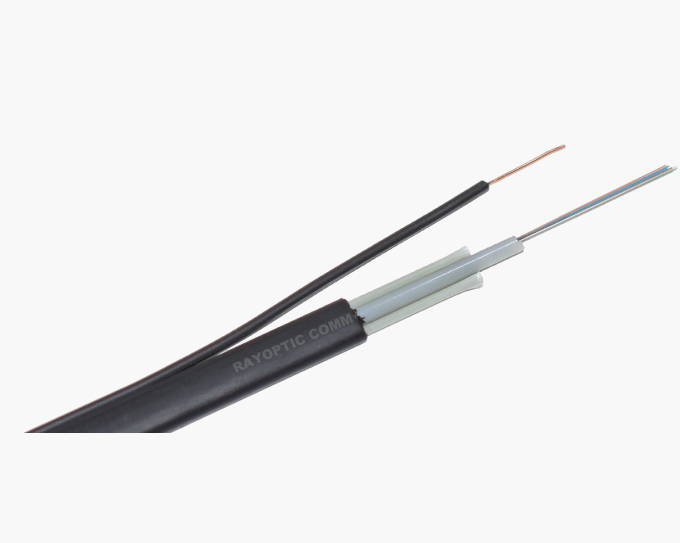A fiber network, also known as a fiber-optic network, is a telecommunications network that utilizes fiber optic cables to transmit data and information. It is a network infrastructure that consists of interconnected fiber optic cables, network equipment, and various devices to facilitate the transmission and reception of data signals.
Fiber optic cables are advanced telecommunications cables that transmit data as light pulses over long distances using optical fibers. They consist of thin strands of transparent glass or plastic, known as optical fibers, which are bundled together to form a cable.
4 factors that influence the life span of your fiber network
Several factors can influence the lifespan or longevity of a fiber network. Here are four key factors that can impact how long a fiber network will last:
1. Quality of Fiber Optic Cables
Higher-quality cables tend to have better construction, insulation, and protective layers, enhancing their durability and resistance to environmental factors.
Well-maintained and properly installed cables can withstand physical stress, temperature variations, moisture, and other environmental factors, contributing to a longer network lifespan.
Fiber optic cables with good-quality construction have a smaller minimum bend radius, allowing easier installation and routing. Cables with greater flexibility are less likely to experience stress or damage during installation or maintenance activities.

2. Installation and Maintenance Practices
The installation and ongoing maintenance practices employed for the fiber network significantly affect its longevity. Proper installation techniques can prevent damage and ensure optimal performance.
Regular inspections, cleaning, and repairs of the network infrastructure can help identify and address potential issues before they escalate into larger problems. Adhering to best installation and maintenance practices can extend the fiber network’s lifespan.
3. Environmental Factors
The environment in which the fiber network is deployed can impact its lifespan. Exposure to extreme temperatures, humidity, moisture, and harsh chemicals can degrade the fiber cables over time. Additionally, external factors such as natural disasters, including earthquakes or floods, may cause physical damage to the network infrastructure.
Selecting appropriate cable types and implementing protective measures, such as conduit systems or underground installations, can mitigate the impact of environmental factors and prolong the network’s lifespan.
4. Technological Advancements
Fiber optic technology continues to evolve rapidly, with advancements in cable design, transmission equipment, and network protocols. Older network components may become outdated as newer technologies emerge, limiting their compatibility and performance.
To ensure a longer lifespan for the fiber network, it is essential to consider future scalability and invest in equipment and infrastructure to accommodate future technological advancements. Upgrading or replacing outdated components periodically can help maintain the network’s reliability and longevity.
Connectors and splicing techniques play a vital role in the performance and longevity of fiber networks. Technological advancements have led to better connectors and splicing methods, which offer improved precision, lower insertion loss, and better signal transmission.
Contact RAYOPTIC COMM to order Fiber Optic Cable
Proper planning, design, installation, and maintenance practices are critical to maximizing its longevity. Regular monitoring and proactive measures to address issues promptly can contribute to a more durable and long-lasting fiber network. If you need good quality Fiber Optic Cable, you can contact our professionals and order it from us.

